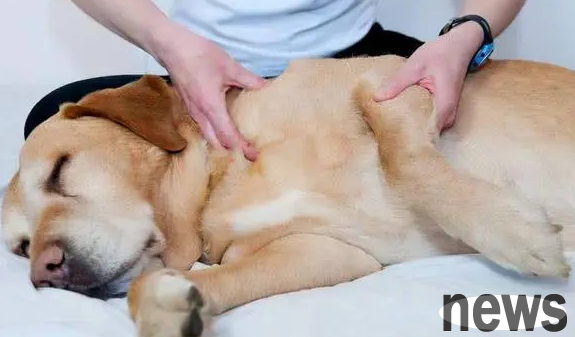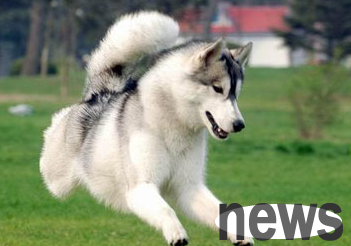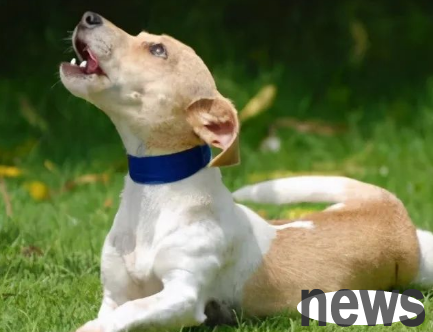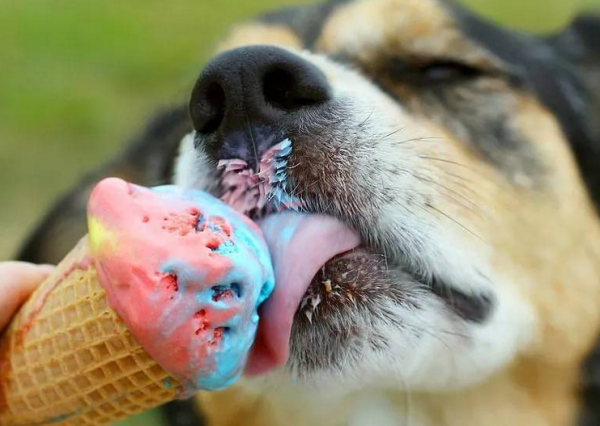How many joint problems are there in dogs? How to care for dog joint diseases?
For dog joint problems, it has always been a headache for dog parents, especially some large dogs, such as Samoyed, Golden Retrievers, which are inherently genetic problems. So how many main types of joint problems in dogs are treated? Follow the editor’s experience and take a look!

1Degenerative Arthritis
Degenerative Arthritis is a non-infectious, progressive disease that burdens the joints. Normal articular cartilage is white, smooth and translucent. It is composed of chondrocytes and a sponge-like matrix surrounding chondrocytes. The main components of this matrix are collagen, polysaccharide and moisture. In the early stages of degenerative arthritis, the cartilage will appear yellow opaque and have some surface softened and become rough. The softened cartilage will crack and wear, exposing the lower bone. At the same time, the changing cartilage will reorganize and increase hardness, while the remaining cartilage will begin to wear out.
The causes are due to joint instability or aging. In older animals, degenerative arthritis is senile, while in younger animals, it includes trauma, blood stasis, abnormal joint structure, cruciate ligament rupture, kneecap dislocation or ruptured chondritis.
Symptoms include mild loss of mobility, stiffness, no play, and no longer enjoyment of long-distance walking. Due to the different joints affected, the symptoms in the middle include slow rise, slow going up and down stairs, and not daring or wanting to jump. As the disease progresses to a more severe stage, animals may refuse to stand and walk. Wet and cold weather often makes the symptoms worse, and this is not only because of the cold temperature and air pressure also plays a very important role.
Therapy uses aspirin or a more potent pain reliever to control pain. Steroid drugs have considerable side effects and should be used only when other drugs are ineffective. These painkillers should be sufficient to maintain the animal's ability to walk, jog and swim normally. Swimming is the best exercise because it can achieve maximum range of exercise and has a minimum load. Exercise should be avoided. Animals that are too heavy should lose weight. If surgical treatment is selected, passive stretching and bending exercises should be performed after the operation to avoid joint stiffness, and then light exercises will be started and gradually restored to complete motor ability.

2Infectious Arthritis
Infectious Arthritis Infectious Arthritis is an infection caused by biological penetration of the bone fluid membrane. The most common is bacterial arthritis, especially Staphylococcus aureus.
Cause 1. Puncture injury of joints. 2. Bacteremia. 3. Osteomyelitis spreads to the joints.
Symptoms are swollen, fever, pain, and occasional redness and swelling of the surrounding skin. There may be more than one joint affected. Body temperature often rises, and patients may experience poor mental health, occasionally anorexia, refusal to exercise, or have symptoms of lameness.
The treatment method In addition to going to the pet hospital for some physical treatment accidents, it also needs to be supplemented with drug treatment. To give arthritis dogs a golden version of joint production, it has obvious effects on anti-inflammatory and pain relief and restoration of joint load-bearing.
The editor recommends that you need to observe your dog more on weekdays, detect and treat it early, and strangle the dog's arthritis in its bud.














